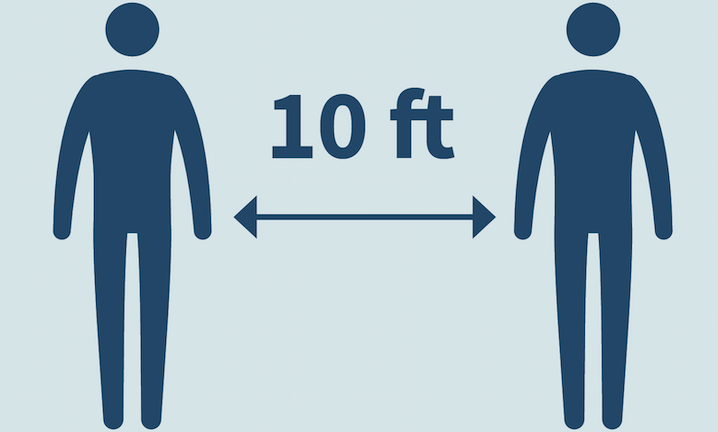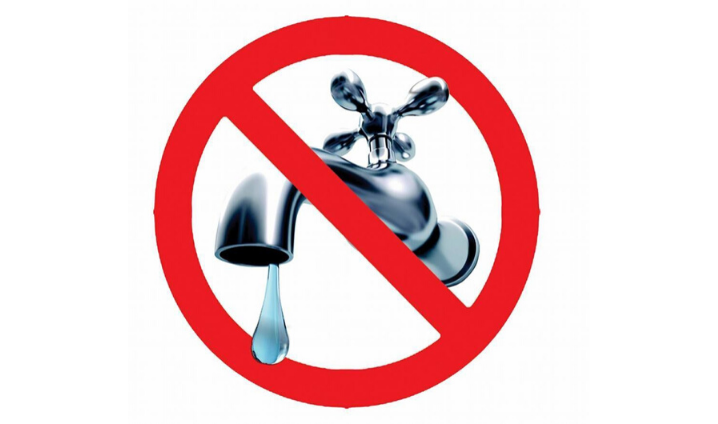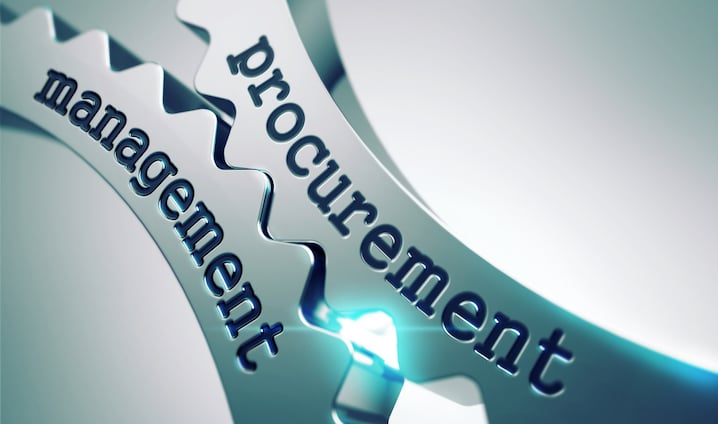The idea of post-paid water services is a first world construct. In order to reliably collect payment for water services after the fact, utilities need to verify customer credit worthiness. This generally means that customers have a bank account, credit card, and a credit history. Steady employment, regular income, and a reliable history of paying bills on time are the general requirements to qualify for any type of service where you pay after the service has been rendered.
Yet water affordability poses challenges in low-income neighborhoods where many customers may not have the necessary credit to qualify for post-paid water services. And even when these customers have sufficient credit, reserving limited monthly funds for bus fare to get to work, phone service to reach family and friends, or even electricity services to enable evening light for cooking and cleaning may take priority over the water bill. This leaves water suppliers in the challenging position of having to provide life sustaining water services to customers who may not be able to afford to pay on time or at all.
Payment delinquencies and defaults end up costing the water industry a lot of money. Research indicates that U.S. water utilities generate well over $50 billion in revenue each year. So how much of that revenue is potentially at risk? An AWWA water affordability report from 2014, Thinking Outside the Bill, estimates that between 0.5% and 1.5% of all billed revenues go uncollected each year. Assuming an average of 1% of billed revenues are uncollectible, that means that non-payment for water services costs the industry at least $500 million annually.
"Non-payment for water services costs the industry at least $500 million annually."
While shutting off water is a highly effective way of inducing service payment, no one wants to resort to such drastic measures if avoidable. Many water finance professionals simply chalk up these uncollectible revenues as a cost of doing business and factor the losses into their annual financial planning. The costs of shut-offs and collections can often exceed the lost revenues, so why spend the limited human capital? Also, shut-offs may create health and safety risks for customers and have negative implications for utility customer satisfaction along with political consequences.
So what options exist for water utilities to address the challenges of water affordability, credit worthiness, and uncollectible revenues? The answer is prepaid water. Prepaid services are common throughout the developing world for cellular phone service, public transportation, and even electricity. Where creditworthiness is often lacking, prepay gives customers the flexibility to purchase services in advance based on what they can afford at the time. This creates cost certainty for the customer and a guaranteed revenue stream for the service provider.
"Prepaid water services create cost certainty for customers and guaranteed revenue for service providers."
Yet there are critical technical components required to implement prepaid services. To hold customers accountable for the volume of service they have paid for in advance, the service provider must be able to disable the service when customer account balance reaches zero. Ideally this can be done remotely to avoid the cost of manual service disconnection and reconnection. Also, to ensure a fair customer experience, service providers should notify customers when they are approaching their limits so they have an opportunity to ‘top-up’ accounts, or make alternative arrangements for the expiring services.
To effectively implement pre-paid water services requires a system. The system is comprised of four primary components:
- Hourly Consumption Data
In order to offer prepaid water services, suppliers must be able to measure how much water a given customer is using on a continuous basis. Without near real-time consumption data, it is impossible to determine if the amount of water that has been paid for in advance has been used. In practice this requires that each water meter is retrofitted with some type of radio that can transmit water consumption data to the utility office for volume monitoring. - Remote Shut-Off Valves
Water suppliers need to implement shut-off valves at the customer meter that can be controlled remotely. This allows water services to be automatically turned on and off based on the state of a customer’s account balance. Best-in-breed shut-off valves will work with any water meter and offer not only open and closed states, but a reduced flow option to allow for life sustaining service to continue. This addresses issues of health and safety while creating inconvenience (in the form of very low water pressure) that assures ongoing service payment. - Pre-Paid Billing
Most modern billing or Customer Information Systems aren’t designed for prepaid services. Billing systems must incorporate the notion of a daily debit against the customer account based on hourly consumption data. This allows the billing system to track the amount of money in the account at any given time, and debit the account in near real-time as water is consumed. When the account balance reaches zero, the billing system should automatically communicate with the remote shut-off valve to suspend service until the account is again topped up. - Customer Notifications and Payment
End-user customers should be notified about their debit status so they have an opportunity to recharge their account when it is low. Also, when a service disconnection is initiated, customers should be given the opportunity to reinstate service through online or mobile payments.
Of course to effectively deliver on a prepaid system requires tight integration between the Advanced Metering Infrastructure, valve control management, billing, and customer payment systems. This is not an easy thing to accomplish, particularly when relying on the integration of systems from disparate vendors. By choosing a proven, integrated meter-to-cash solution that is designed for prepay services, water utility managers can reduce uncollectible revenues while increasing water affordability. A well designed prepay system will also improve service quality and avoid putting low-income residents at risk.
"Prepaid water requires tight integration between AMI, valve control, billing, and payment systems."
As water services continue to become more expensive, alternative pricing models will be increasingly useful to allow suppliers to offer affordable options to a range of customers while maintaining much needed revenue to invest in infrastructure rehabilitation. Prepaid water services are clearly a valuable option to help utility managers cope with the challenges ahead.






